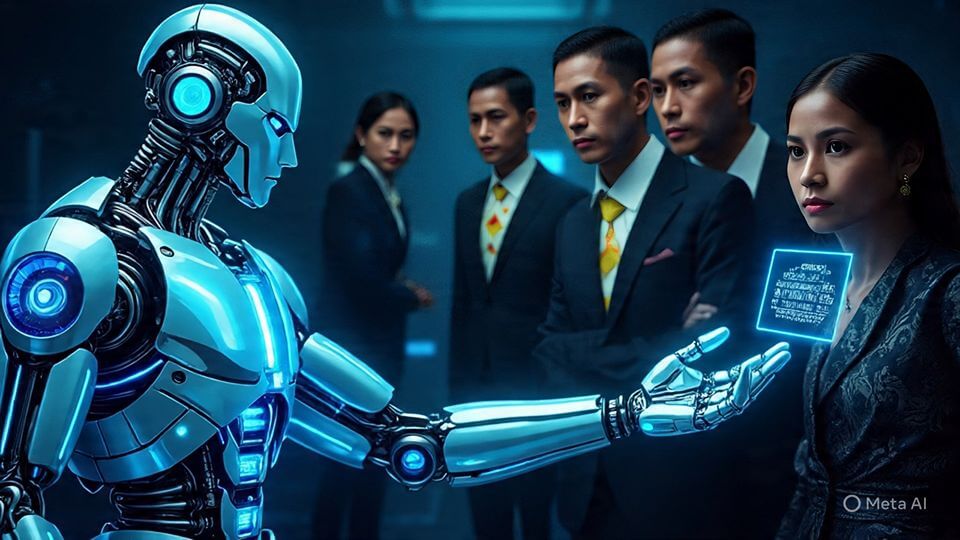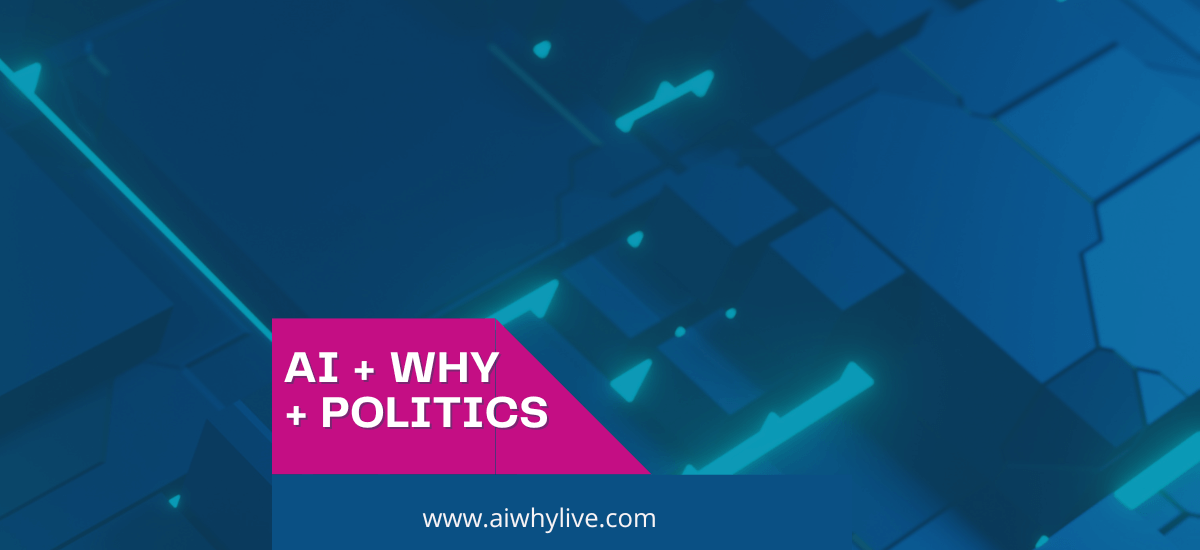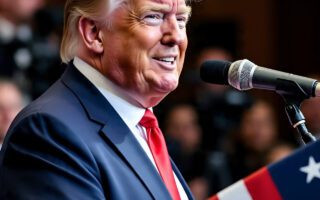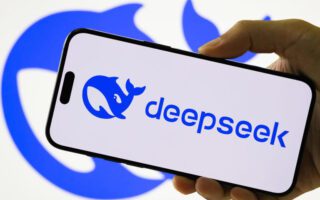Corruption in the Philippines is like traffic on EDSA—everyone hates it, everyone talks about it, but it never seems to go away. Billions of pesos vanish from government projects. Politicians make promises during campaigns, then scandals erupt later. And for decades, ordinary Filipinos have asked: “Wala na bang pag-asa?” (Is there no more hope?)
But now comes a new player: Artificial Intelligence (AI). Could this technology—designed to analyze data, detect patterns, and operate without human bias—be the weapon we need to finally fight corruption?
Transparency Through AI Monitoring
Imagine if every peso from government budgets could be tracked in real time. AI can analyze procurement contracts, spot “overpriced” projects, and flag suspicious spending. For example, if a government office orders ballpens at ₱1,000 each when the market price is only ₱15, AI could instantly raise a red flag.
In other countries, AI systems already monitor tax payments, infrastructure projects, and even election spending. Applied here, it could mean fewer “ghost projects” and less money slipping into the wrong pockets.
Predicting Fraud Before It Happens
AI thrives on prediction. By analyzing past corruption scandals, it can identify risk patterns—like which agencies often go over budget, which contractors repeatedly win bids, and which projects historically never get completed.
Instead of waiting for scandals to break in the news, AI can help investigators act before the money disappears. Think of it as Waze for corruption—alerting us to “traffic jams” of fraud before we even get stuck.
Elections and AI Fact-Checking
We’ve all seen how “fake news” spreads during elections. Politicians use misinformation to attack rivals or inflate their image. AI-powered fact-checking tools can scan speeches, ads, and social media posts in real time to verify accuracy.
This means voters could know immediately if a candidate’s claim is true or just campaign theater. An AI assistant on your phone could answer: “Totoo ba ‘yan?” (Is that true?)—helping Filipinos vote based on facts, not lies.
The Human Problem
But here’s the catch: corruption is not only a system failure—it’s a human problem. AI can provide tools, but if leaders refuse to adopt them, or worse, manipulate them, corruption will persist.
As we explored in “The Politics of Poverty”, technology is only as strong as the political will behind it. Without accountability, AI could just become another buzzword in the mouths of politicians who benefit from the status quo.
Risks and Dangers
Let’s not pretend AI is magic. It can also be misused. A corrupt official might weaponize AI for mass surveillance, silencing critics instead of fighting graft. Algorithms can be biased depending on who programs them. And in the wrong hands, AI could hide corruption instead of exposing it.
This is why transparency must go both ways: not only should AI monitor the government, but the people should also monitor how AI is used.
Can It Really End Corruption?
Will AI completely end corruption in the Philippines? Probably not. Corruption is deeply cultural and political—it thrives in systems where “palakasan” (favoritism) and “utang na loob” (debt of gratitude) dominate.
But can AI reduce corruption? Can it make it harder for billions of pesos to vanish unnoticed? Can it empower ordinary Filipinos to demand accountability? Yes.
If used correctly, AI could shift us from reactive outrage after scandals… to proactive prevention before the money is stolen.
Final Thought
Maybe AI won’t give us a perfect government. But if it can save even 10%, 20%, or 30% of wasted public funds—that’s billions of pesos that could go to classrooms, hospitals, and jobs.
Corruption may never fully disappear, but with AI, it doesn’t have to feel untouchable anymore.
The real question is not “Can AI end corruption?” but “Are we ready to let it?”
Because let’s be honest: in the Philippines, more is said than done. We often discuss corruption as if it were only a problem for politicians. But a political dynasty is corruption. Vote buying is corruption—and so is accepting money in exchange for your vote. Electing the wrong leader, even if we justify it as “the lesser evil,” is also corruption.
AI can expose the rot, but if we keep feeding it by normalizing these practices, then nothing will change. The fight against corruption is not just about machines scanning budgets. It’s about Filipinos deciding that our votes, our voices, and our future are not for sale.
Only then can AI be more than just technology—it can be our partner in finally breaking a cycle we’ve tolerated for far too long.







